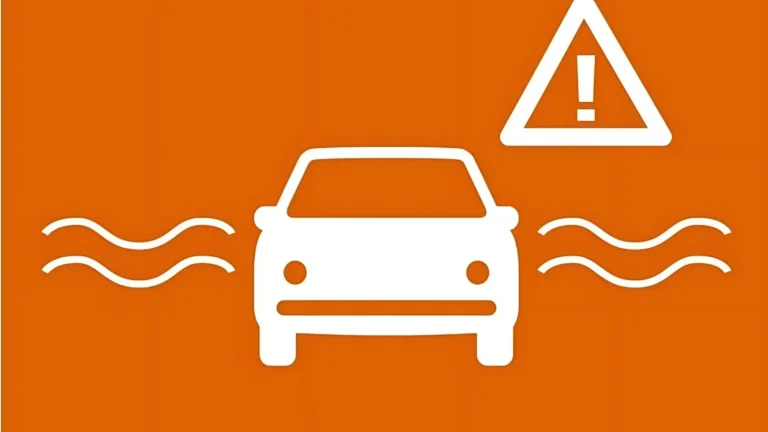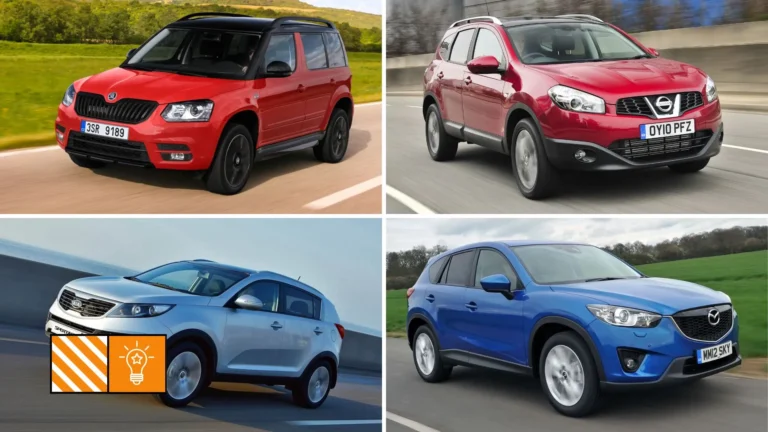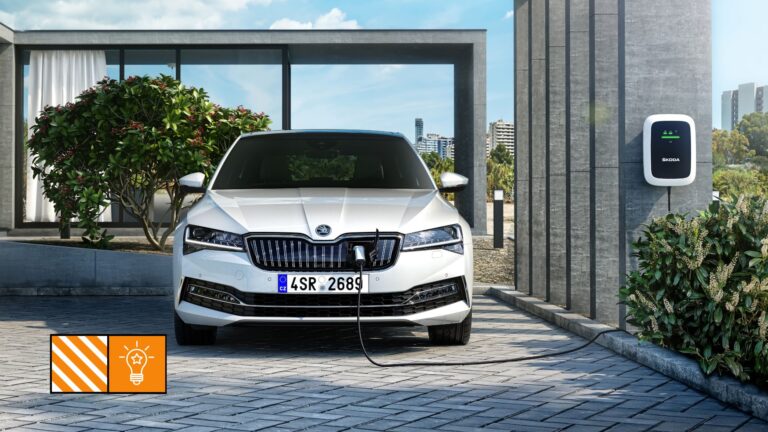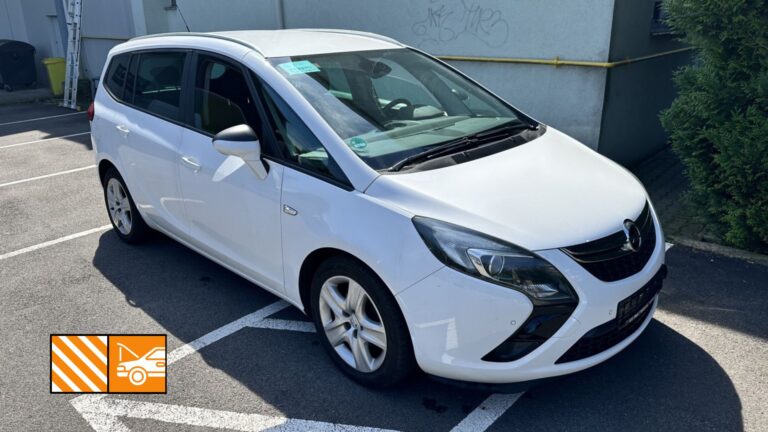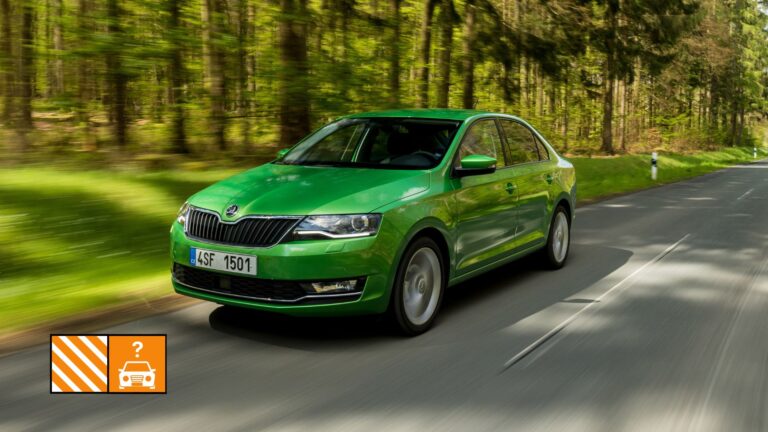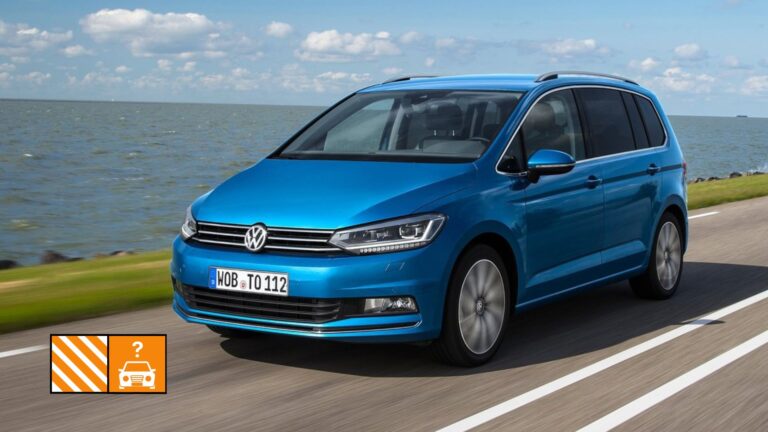Test of the Skoda Fabia III generation
- Used car tests
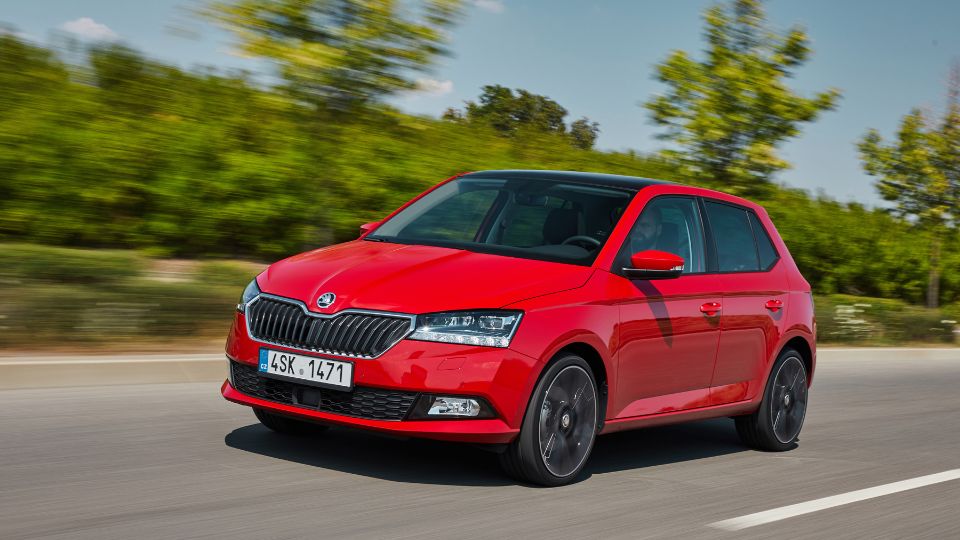
The price of the new Fabia has increased again and is starting to be a bit overpriced for a small family car. For a decently equipped version you will pay similar money as for the Octavia a few years ago. In this situation, a used car becomes available and at a price reduced by up to a third, very attractive. A decently equipped Škoda Fabia III. generation with acceptable mileage can already be purchased for interesting money. So let's go to the Škoda Fabia III. generation test.
What engine for the Fabia III?
The four-cylinder 1.2 TSI engine is clearly the best choice for the Fabia. This engine (EA211 series) in its final version seems to be perfectly suited for this model. The disadvantage is that this is generally known and these engines are gradually disappearing from the market. The new Fabias no longer use this engine and rely on turbocharged liter three-cylinders. The four-cylinder 1.2 TSI engine was available in two power variants - 66 kW with a five-speed gearbox and 81 kW with a six-speed. Higher power is of course more pleasant to drive, but it also means more frequent gear changes. The six-speed gearbox has more short-range gears.
A general recommendation that applies to almost all engines is to shorten the oil change interval to 15,000 km and use high-quality fuel to prevent carbon deposits. For the car you are interested in, you should to examine in detail previous oil change intervals.

Test of the Škoda Fabia III generation, what is it like?
The third generation Fabia is of course significantly more affordable as a used car and also offers a wider range of engines. Seven years ago, you could choose between the 1.0 MPI and 1.2 TSI petrol engines, as well as a 1.4-litre diesel engine. Before the facelift in 2017, a wide range of engines was available, giving you the opportunity to choose from used cars with original design, which have engines that the fourth generation Fabia can only dream of. With the facelift of the third generation, there was a certain retreat in the engine area. Diesels were completely eliminated and the best four-cylinder 1.2 engine was replaced by a less convincing one-litre three-cylinder, which is still the main engine on offer today.
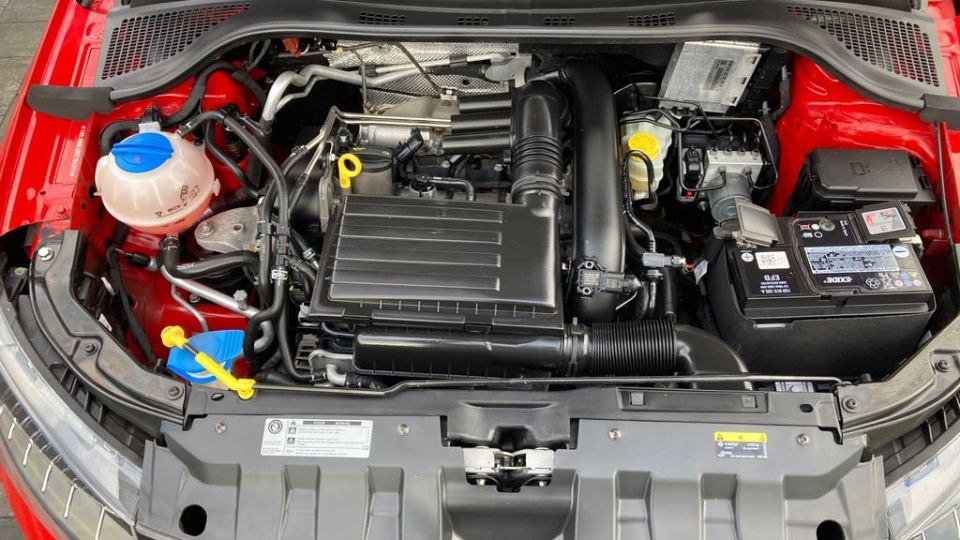
The engine is the first place you should examine a used Fabia if you are interested in buying one. Small-displacement engines from the VW group can sometimes suffer from excessive oil consumption. In addition, Skoda has set different service intervals for different markets and variants, so it is not uncommon for some cars to have been without service for up to two years. This can have a negative impact on the engine's lifespan.
Do not buy the 1.4 TDI and 1.0 TSI engines for the 3rd generation Škoda Fabia!

Although we are a nation that is inclined towards TDI diesel engines, in the case of the Fabia it is better to avoid them. This is also indicated by the prices - the Fabia with a 1.4 TDI engine is often cheaper than the one with a petrol 1.2 TSI. Fortunately, there are relatively few used diesel Fabias on the market, which reduces the risk of buying a car that you will not be happy with. Whether you are looking at a petrol or diesel version, do not forget to check the engine before buying to check properly.
Replacing the 1.2 TSI engine with a weaker three-cylinder was already perceived negatively when it was launched, and this continues to be the case in used cars. It's not that the engine is not reliable, but its nervous behavior is unpleasant for the driver and driving with it can feel like a punishment. So the recommendation to look for a more civilized and pleasant 1.2 engine is once again valid.
If your significant other insists on it, it's better to avoid the DSG dual-clutch automatic transmission as well. A test of the Škoda Fabia III generation shows that it is quite sensitive and far from reaching the durability of the classic Aisin system from the second generation, even in terms of smoothness of behavior.
Skoda Fabia 3rd generation, what to watch out for?
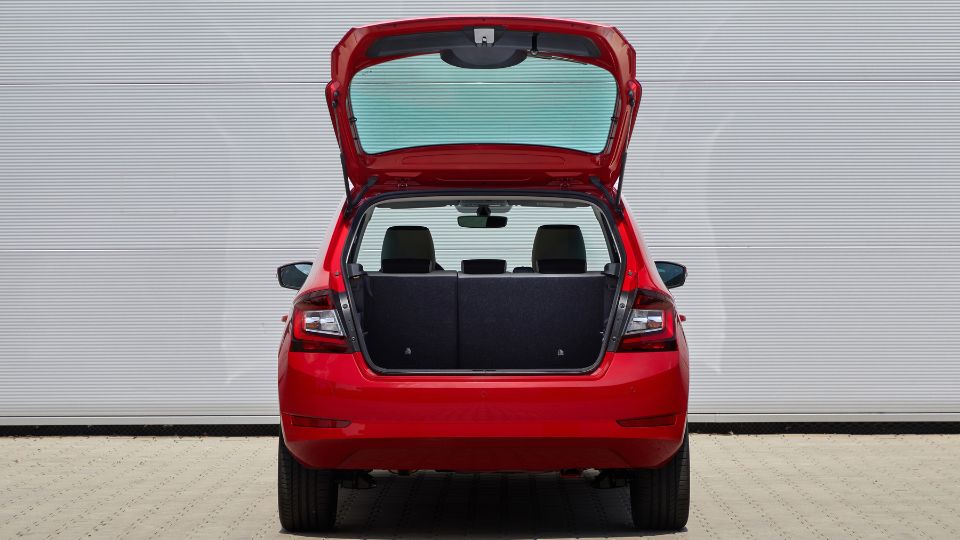
It is recommended to set the service schedule to a fixed annual interval or 15,000 km, especially if you do not drive many kilometers. Fabia will still send you for an annual check-up, even if you have an extended service interval set. You should change the oil more often, ideally after 15,000 km. If you drive the 1.0 TSI and 1.2 TSI engines mainly in the city, it is better to change the oil after 10,000 km. For TSI engines, we recommend fuel with additives and a higher octane number, the basic 1.0 MPI engine can handle any fuel. Pay attention to the condition of the cooling system. The 60,000 km interval for replacing spark plugs is on the limit for TSI (a preventive change after 45,000 km is better). The timing belts are only checked, but after 8 years or 160,000 km it is recommended to replace them.

The most common problems of used Fabia III
1. Corrosion damage to the tailgate around the license plate lights (needs to be repaired and replaced with LED lights in a timely manner)
2. Lambda sensor cables damaged by rodents (for 1.2 TSI engine)
3. Overheated engine, deformed cylinder head, water pump problems (for 1.4 TDI engine)
4. Worn clutch (for 1.0 TSI engine)
5. Chassis creaks and knocks (typical small problems that can be fixed cheaply)
6. Inoperative front impact detection system (most often after windshield replacement, it needs to be readjusted)

Another potential problem could be the interior, where you should pay attention to noise coming from the front of the vehicle. If the noise is heard from the windshield, it is possible that the dashboard is not properly attached, which is a known problem with the Fabia III. Its hard plastics can then hit the car frame, which can lead to wear and tear and relatively complex and therefore expensive repairs. It is also important to check all the controls, the multimedia system and even the spare wheel. Given the demand for these items, it is possible that some thrifty owners are selling them separately, even if they were originally part of the vehicle.
Checking the Fabia III generation before buying
In any case, the most important thing is to thoroughly inspect the car before buying it, preferably by having it physically inspected by an expert. This will prevent many possible complications that you will have to deal with immediately after buying the car. The Fabia 3 is a reliable and well-made car, but there are many cars on our market that have not had proper service or have been in an accident. If you are not a skilled car mechanic, you can use our car inspection before purchase and our technician will give your car a thorough check-up.
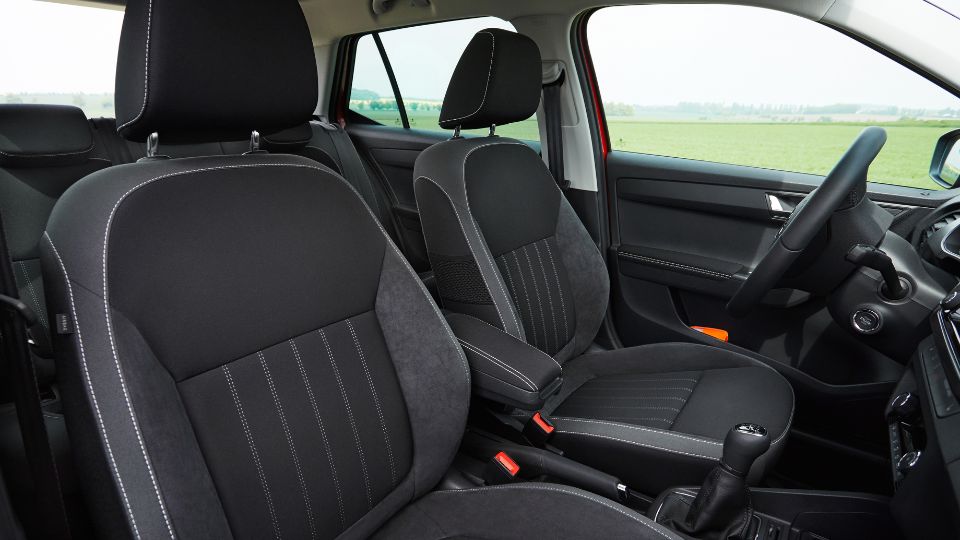
Fabia III generation review
The third-generation Fabia truly offers the balanced driving characteristics typical of Volkswagen Group products. Its steering is stable and sure-footed, and although it is not designed for sporty driving, it can handle rougher handling. Thanks to its compact dimensions, especially for a hatchback, the Fabia is very agile, which can be a pleasant change from driving in an SUV. For a more comfortable ride, it is recommended to choose wheels with a higher profile, thanks to which you will be able to drive on roads with a poorer surface quality.
Tests of the Škoda Fabia III. generation show that they have already started to save a little compared to previous generations, it is still a car with solid workmanship, where even after a large mileage nothing starts to creak or wear out prematurely. The interior offers enough space, especially in the front, while the rear seats are rather designed for a smaller number of passengers. The controls are still conservative and based on buttons.
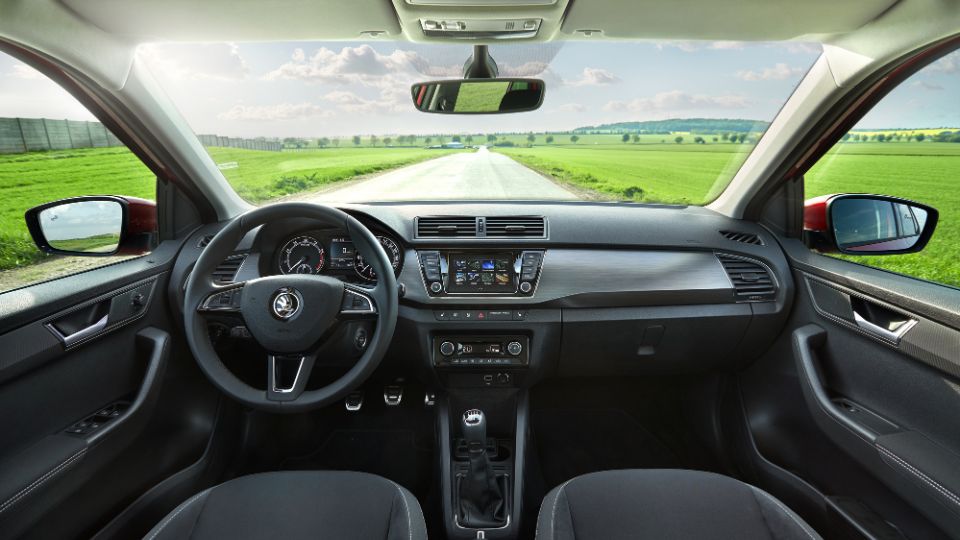
If you choose a car with careful selection and avoid diesel versions, and if you follow the recommended maintenance (such as regular oil changes, filling up with quality fuel, etc.), then most used Fabias will be able to go a long way. Potential problems are infrequent and mostly minor: the 1.2 TSI engine can suffer damage to the cables caused by martens, corrosion can appear around the rear license plate frame, and the stabilizer bars can occasionally creak. But that's about it. The third-generation Fabia is still a simple and well-made car with low running costs.
Follow us through our social networks, Don't miss any news.


